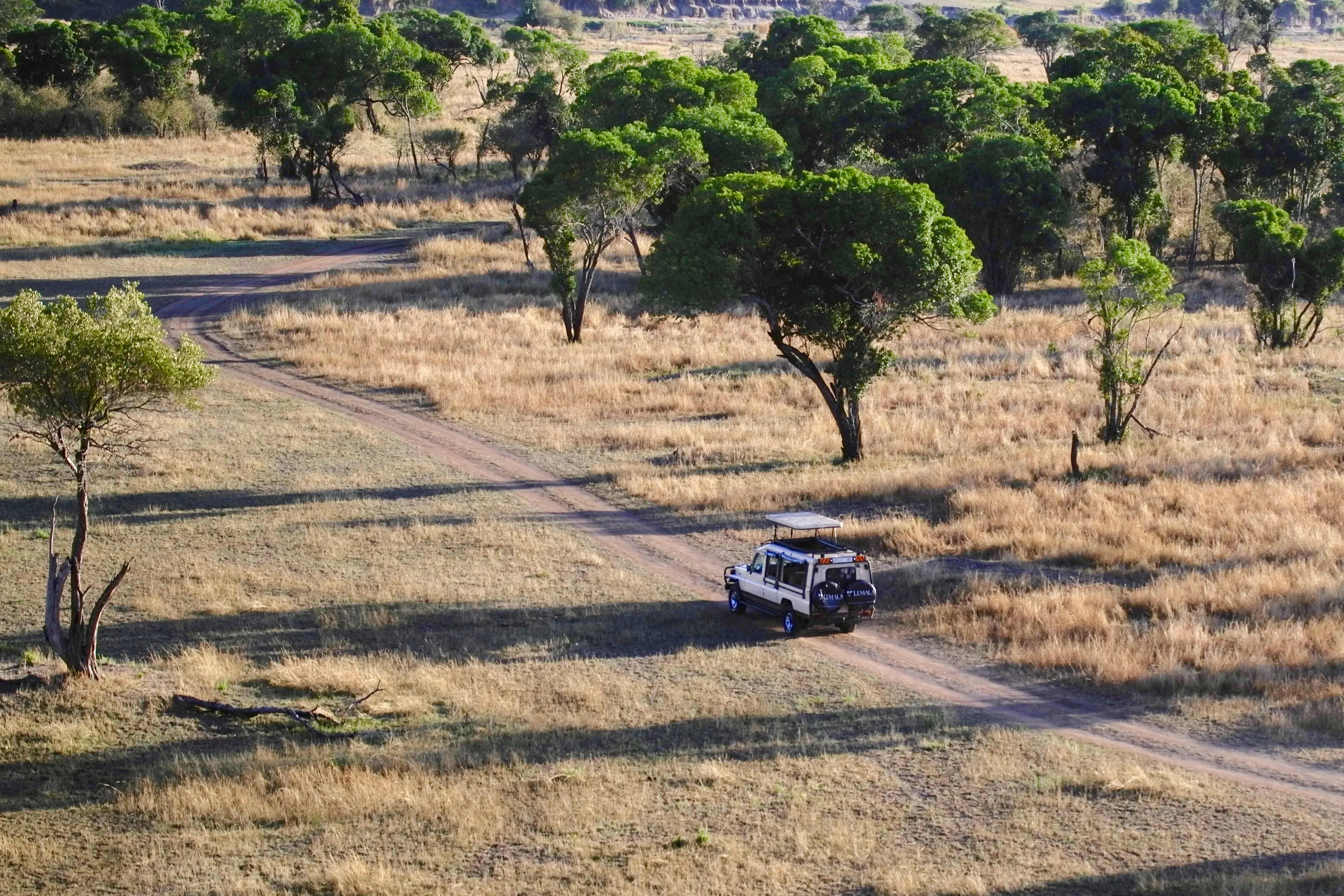
Nyerere National Park is spread over 30,893 square kilometers of land area, making it the largest National Park in Africa. The Park is located in south eastern Tanzania, and was carved out of the Selous Game Reserve. Prior to creating of the Nyerere N.P, Selous Game Reserve measured approximately 54,600 square kilometers, which at the time made it the 11th largest National Park in the world. The nearest large city to Nyerere National Park is Dar es Salaam, the capital city of Tanzania. Dar es Salaam is about 230 kilometers from the main access gate to Nyerere N.P.
Nyerere National Park is characterized by its vast and varied landscapes, which include savannahs, woodlands, wetlands, and the mighty Rufiji River, the largest river in Tanzania. The park's diverse habitats support an incredible array of wildlife, including large populations of elephants, lions, leopards, and buffalo. It is also home to a variety of antelope species, such as impala, eland, and greater kudu. Nyerere's wilderness is truly untamed, offering visitors a glimpse into Africa's natural beauty and biodiversity.
The Rufiji River is the lifeblood of Nyerere National Park, providing water and sustenance to a myriad of animals. Boat safaris along the river offer a unique opportunity to explore the park's waterways and observe its wildlife up close. Hippos and crocodiles are commonly sighted along the riverbanks, while birdwatchers can spot a variety of waterbirds, including herons, storks, and kingfishers. The Rufiji River ecosystem is a vital part of Nyerere's ecological balance, supporting a rich diversity of plant and animal life.
Nyerere National Park is renowned for its exceptional wildlife viewing opportunities. The park is home to one of the largest elephant populations in the world, with tens of thousands of elephants roaming its vast wilderness. It is also famous for its large predators, including lions, leopards, and African wild dogs. The park's extensive network of game drive routes allows visitors to explore different habitats and encounter a wide range of animals, from iconic big game to smaller mammals and elusive birds.
With over 440 recorded bird species, Nyerere National Park is a paradise for birdwatchers. The park's varied habitats, including wetlands, woodlands, and riverine forests, attract a diverse array of avian species, both resident and migratory. Birdwatchers can spot everything from majestic raptors, such as fish eagles and martial eagles, to colorful bee-eaters, rollers, and weavers. The Rufiji River and its associated wetlands are particularly rich in birdlife, offering excellent birdwatching opportunities throughout the year.
Conservation is a top priority in Nyerere National Park, aimed at preserving its pristine wilderness and diverse ecosystems for future generations. The park's management focuses on anti-poaching efforts, habitat protection, and community engagement initiatives. By working closely with local communities, the park aims to promote sustainable tourism practices and foster conservation awareness. Visitors to Nyerere National Park play a crucial role in supporting these efforts and ensuring the long-term protection of this natural treasure.
The best time to visit Nyerere National Park is during the dry season, from June to October, when wildlife congregates around water sources, making them easier to spot. The dry season also offers optimal conditions for game viewing, with less vegetation and more open landscapes. The wet season, from November to May, brings lush greenery and an abundance of birdlife, making it an excellent time for birdwatching and photography. Each season in Nyerere has its own unique attractions and highlights, ensuring a memorable safari experience year-round.
Nyerere National Park is accessible by air and road. The park has several airstrips, allowing visitors to fly in from major cities like Dar es Salaam and Arusha. Alternatively, the park can be reached by road from nearby towns and cities, with guided safari tours offering transportation and accommodation options. Whether by air or road, the journey to Nyerere National Park promises an unforgettable safari adventure in one of Africa's last remaining wilderness areas.
Ready to embark on your dream adventure? Click the button below to start planning your trip with us!